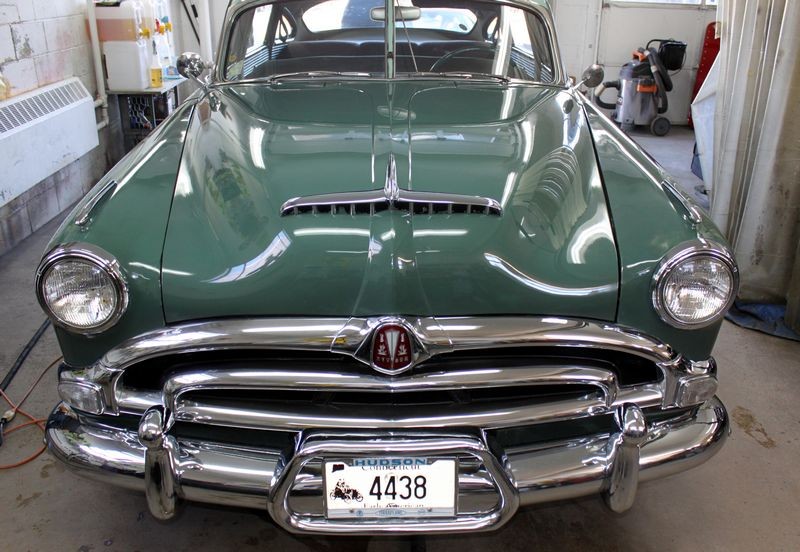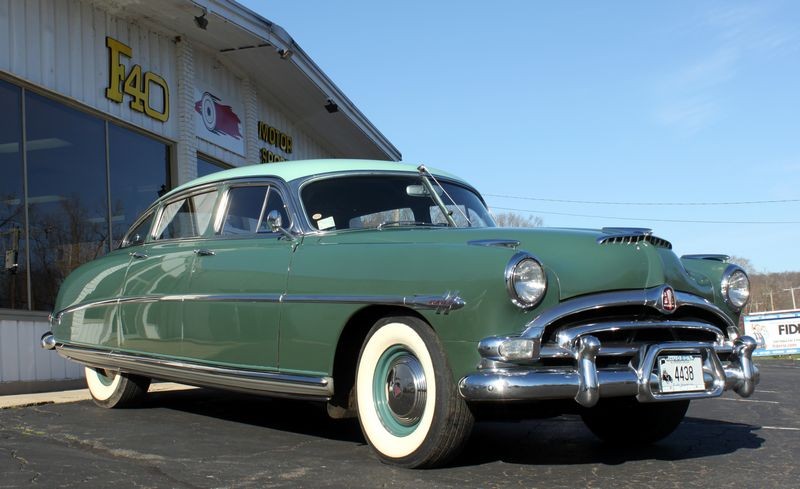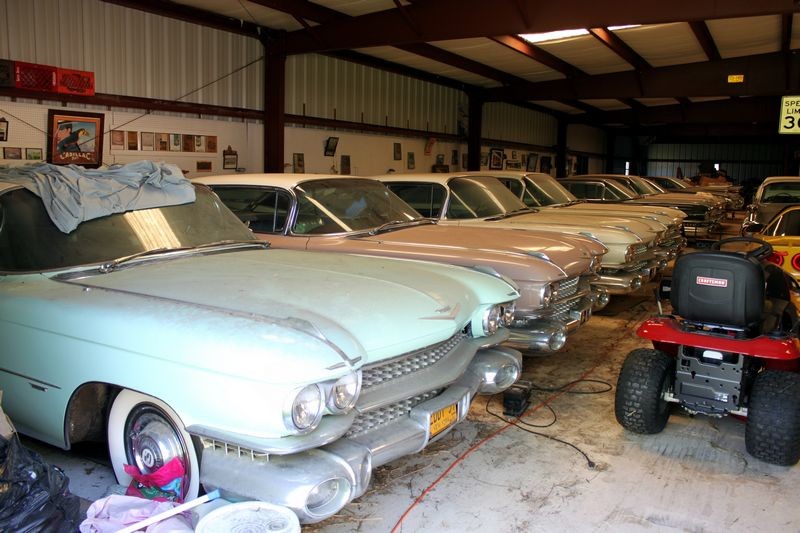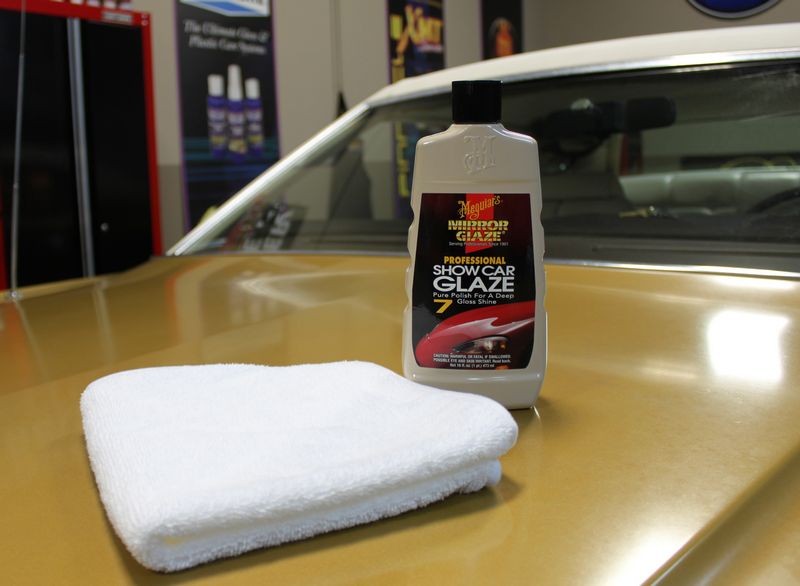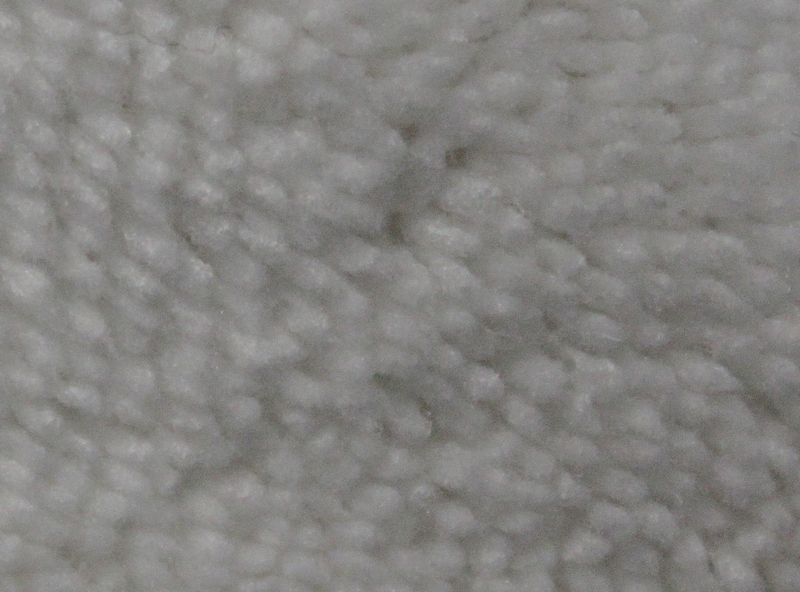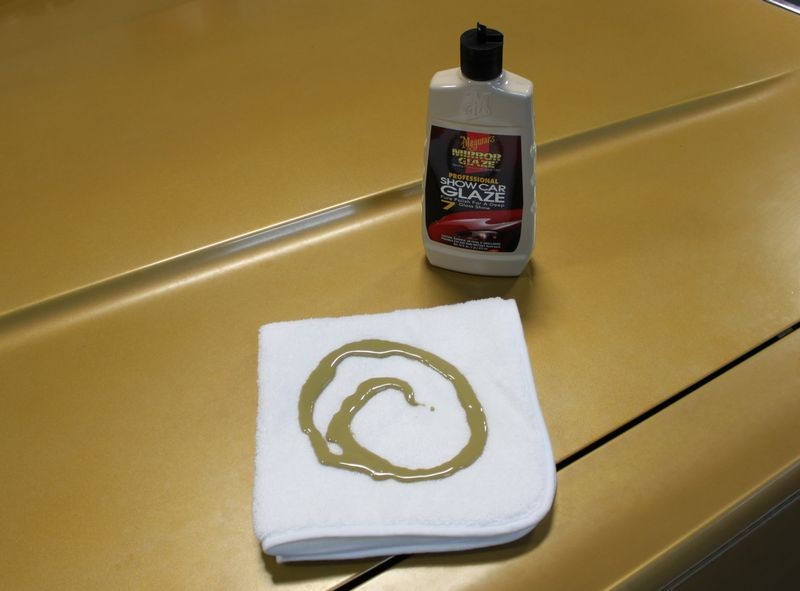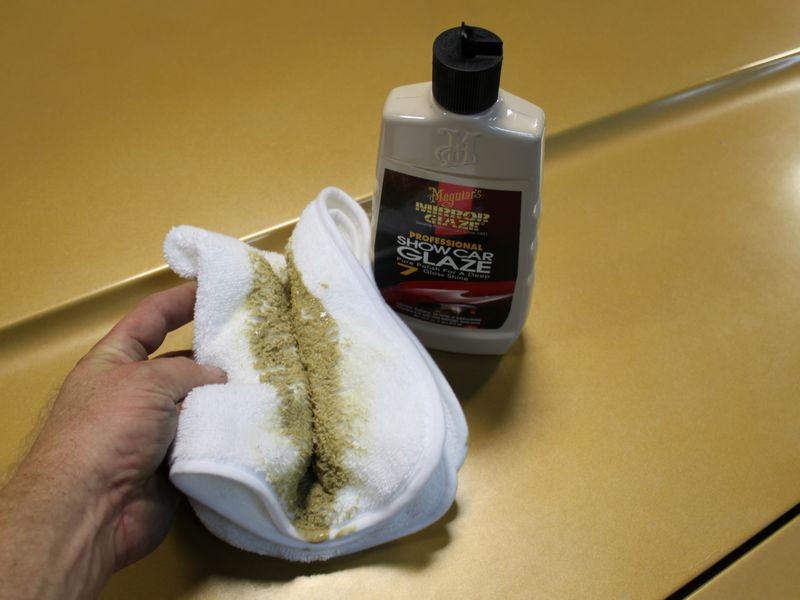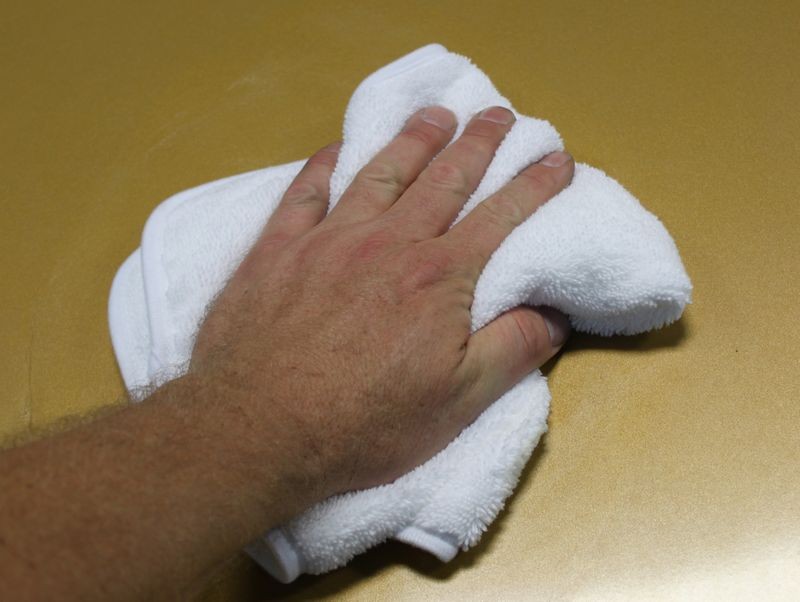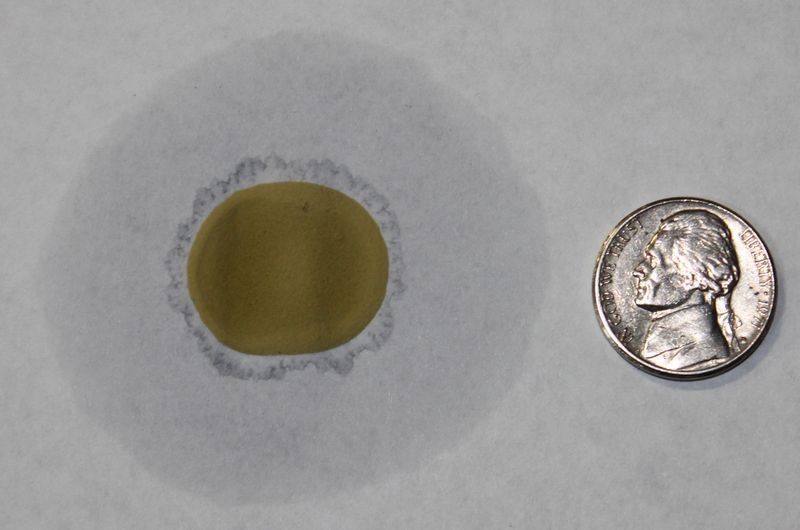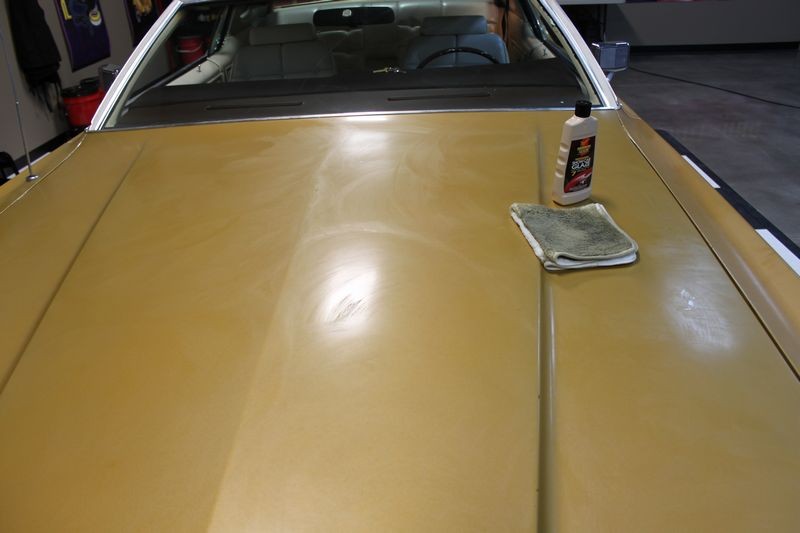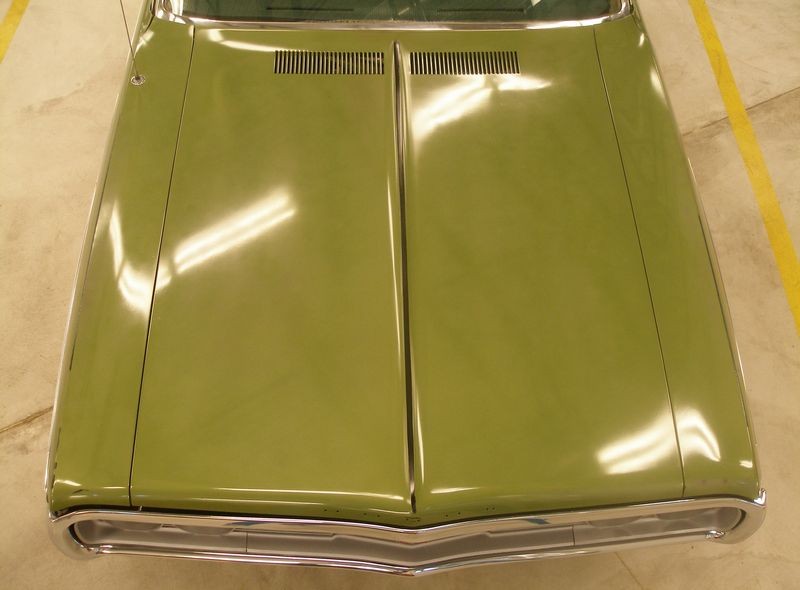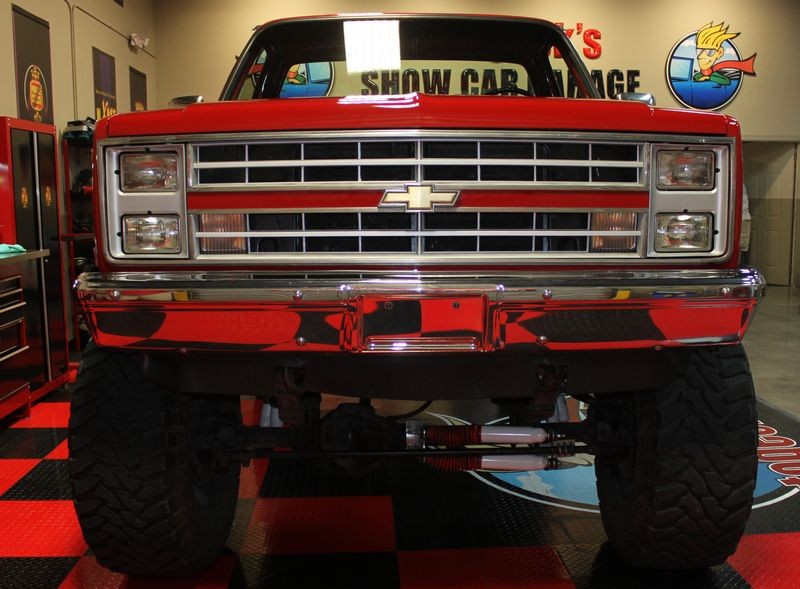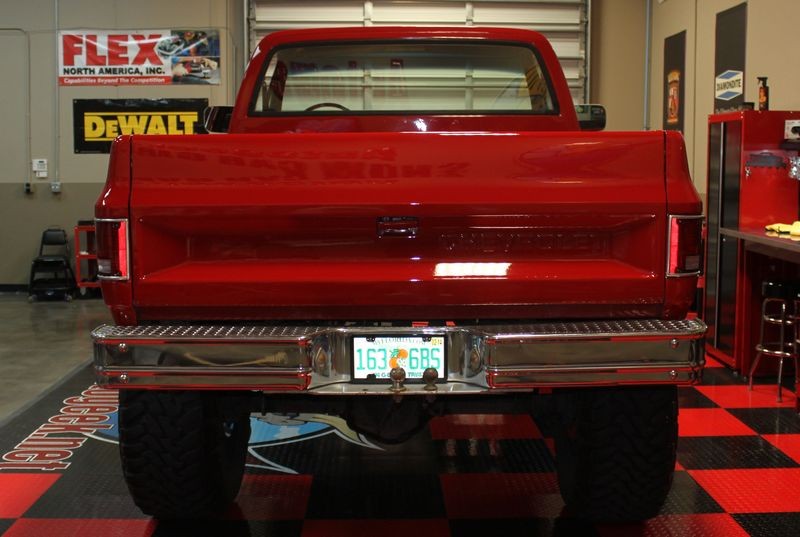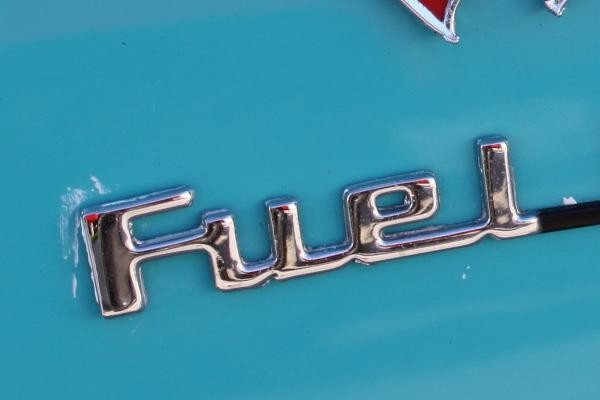Here's the actual blue clickable link... I make the "title" to all my threads links to themselves so anyone can actually copy and paste the title to insert an actual industry standard looking "link".
The Secret to Removing Oxidation and Restoring a Show Car Finish to Antique Single Stage Paints
Below is an excerpt. If I'm starting on neglected, oxidized single stage paint I'll use a 100% cotton terry cloth wash cloth.
If I'm working on single stage paint like shown in the pictures of your Corvette, that is little or no oxidation then I'll use a foam applicator pad.
Check out the section that shows the paper plate...
Removing Oxidation Without Abrasives
Now that all the bonded contaminants have been removed off the top of the paint it's time to remove the dead oxidized paint off the surface and to some degree some of the embedded dirt and oxidation below the surface. To do this we're going to use a plush, microfiber polishing towel with some Meguiar's #7 Show Car Glaze.
Always fold your microfiber towels 4 ways
What you want to do is take your polishing towel and fold it 4 ways to create a working cloth that is large enough you can place you hand on it when working the #7 over the paint. Folding the cloth 4 ways will also provide plenty of
cushion to spread out the pressure of your fingers and palm. This enables you to work gently and safely on antique, fragile paints and will also help you to avoid instilling
fingermarks.
Non-abrasive abrasives...
Here's a close-up of the tufts of microfibers that make up the working face of this microfiber polishing towel. When used dry this microfiber polishing towel is soft and absorbent. The way we're going to use it however, it will still be soft and gentle to the paint except that I'm going to
put a little passion behind my hand as I move this microfiber towel over the paint and the
pressure I apply is going to engage the microfibers with the paint and provide a very gentle scrubbing and even abrading action.
Tufts of microfiber threads... these are your abrasives...
Shake well before using
Shake your bottle of #7 up exceedingly well. One of the reasons #7 used to come in
clear glass bottles and later clear plastic bottles was so that you could see that the product had separated out and the hope was that as a thinking human being you would see the product had separated in the bottle and thus shake the bottle till the product had a uniform color and consistency.
After you shake the product up well you want to pour a generous amount of product out onto the face of just one side of your folded microfiber towel and note that you're going to use this one side for each panel over the entire car.
The words or terms for how much product you use goes like this,
Use the product heavy or wet
Because this is important, let me repeat these instructions...
Use the product heavy or wet!
This means you use a
lot of product, you want the surface
wet with product as you're working a section. You're trying to saturate the paint to gorge it with the rich polishing oils found in the #7 but you're also trying to emulsify and loosen any embedded dirt or oxidation off and out of the paint. For this car I used one full bottle on just the hood and the top of the trunk lid and most of another bottle for the passenger and driver's sides. The horizontal surfaces are always the worst because they are exposed to direct sunlight, water from rain and air-borne pollution and contaminants and thus always require the most work to clean, revitalize and restore.
Fold the cloth into itself to spread the product out and wet the face of the cloth.
"It ain't braggin' if you can back it up" -Dizzy Dean
Now comes the passion: Start working the #7 Show Car Glaze over and into the paint in a
vigorous manner. I'm in pretty good shape as I work out at the local gym and lead an active lifestyle that includes rubbing out cars both by hand and by machine.
I also dare say I'm pretty good at rubbing out cars by hand. I'm not bragging, just stating a fact that I can back up. It's more work than most people think and my point is this, rubbing this behemoth of a vehicle out by hand vigorously got me breathing hard and made my hands and arms tired.
Here's the point I'm trying to make...
If you're not breathing hard and you're not getting tired then you're not working the product over the paint vigorously enough.
Out of all the steps, this is the hardest, most time-consuming and most important step there is to do and it is this step that will determine your end results. If you don't remove the topical oxidation and embedded dirt and oxidation during this step then it will still be there when you make the final wipe to remove the wax. So put your heart and soul into this step. If you need to, take a break in-between panels.
It is vital that you work the #7 against the paint vigorously...
Rub out one panel at a time
After you work a small section, about 20" squarish or so, stop, re-apply fresh product and move onto a new section and be sure to overlap a little into the previous section.
- Panel = a door, the hood, the roof, etc.
- Section - a portion of a panel
Note the color being transferred onto the cloth. Part of the color you see is the color of the #7. The other part of the color is the dirt coming off and out of the paint and part of the color is the oxidation coming off the aluminum flakes.
Work a panel at a time, section by section
Continue working your way around one major panel until you've worked the entire panel. In this example
This is key...
Saturation Application --> The First Application
This is a mostly unknown technique and that is to let the first application penetrate and soak into the paint for up to 24 hours before wiping the product off. The idea being to really apply the product wet and work it in really well and the walk away.
The idea is to allow the heavy concentration of oils to penetrate and seep into the paint for maximum saturation before removing the product and continuing with the process. In this case I finished applying the first application of #7 around 9:00 pm and then left the #7 to soak in until the next day. I started wiping the product off then next morning right about 10:00am.
Some will argue if this works or not but my experience is that with a porous single stage paint it does in fact help. One thing for sure it can't hurt.
Paper Test for Capillary Action
If you place a few drops of #7 onto a piece of paper and then monitor it over a few days you will see the oils in the #7 migrate or seep away from the actual drop of product. It does this through capillary action and the same thing can work to your car's paints' advantage if it's a single stage lacquer or enamel paint.
I placed a few drops about the size of a nickel on a piece of standard printer paper around 3:00pm.
The next day I took these pictures at approximately 10:00am, (19 hours later), note how the oils in the drops of #7 have migrated outward via
capillary action.
Feeder Oils penetrate or feed the paint
This same effect can take place in a single stage paint but not only will the oils travel horizontally, they will also travel vertically, that they will penetrate downward "into" your car's paint and this is where the term
feeder oils comes from as the oils penetrate into or feed the paint. The result is they will condition the paint restoring some level of workability as compared to just working on old dry paint, and they will also bring out the full richness of color, something that will showcase the beauty of your car's paint.
37 Year Old Paint Soaking in Seven...
The worse condition the paint, the more times you repeat the #7 conditioning step
For this project I applied, worked and removed the #7
four times to the hood and tops of the fenders. After the initial
saturation application I applied and worked in the #7
three more times the next day.
I put as much energy into the last application as I did the first application and in order to do this right it takes the desire for excellent results as well as the human elements of care and passion to rub out a hood 6' long and almost 5' in width 4 times like your life depended upon it but the results will be worth it.
After approximately 12 hours of soaking in #7 Show Car Glaze, we're ready to wipe off the first application off this 37-year old paint.
Sorry for the late reply, working on hot project today in the studio...














